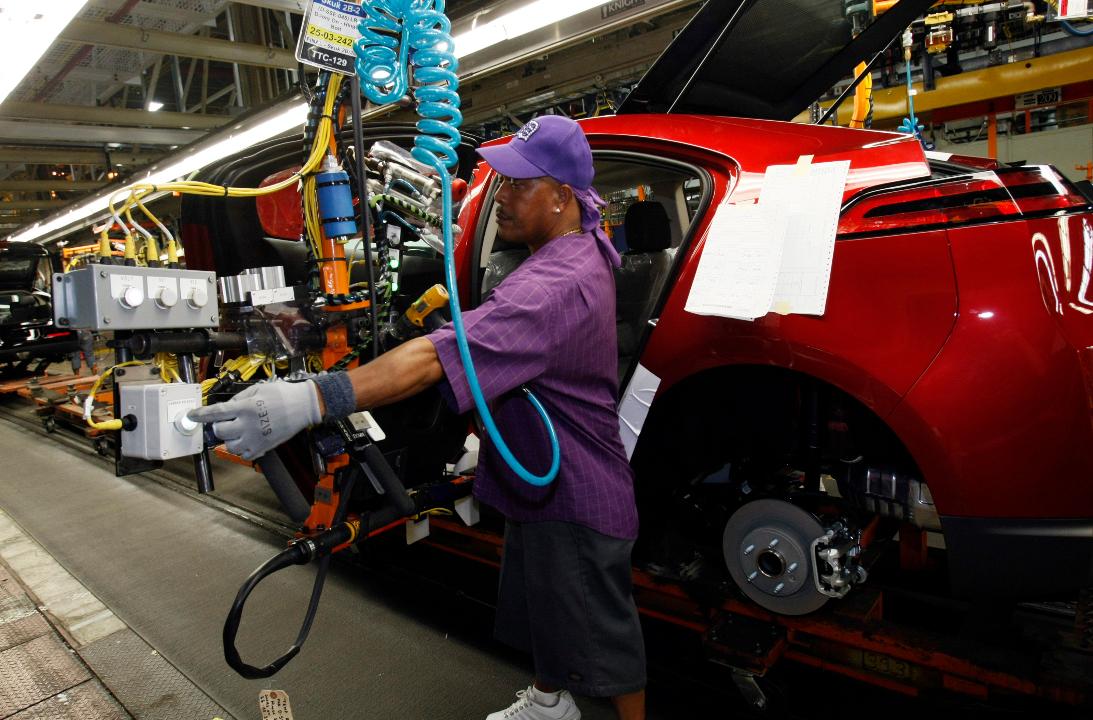Wages may be stronger than workers think
While lagging wages have been a point of concern as the economy strengthens and the unemployment rate declines, Federal Reserve Chairman Jerome Powell indicated the picture may not be as lackluster as the statistics suggest.
The Fed chair said on Wednesday during a press conference that benefits – like vacation time and paid sick leave – should be included as measures of wage growth.
“We look at a range of indicators for wages and I think the broader the better,” Powell said in remarks following a two-day FOMC meeting. “A perfect wage measure would also include benefits.”
The White House Council of Economic Advisers recently released a new method for measuring compensation, compared with the Labor Department’s average hourly earnings standard, which showed that earnings rose 1 percent in the second quarter, compared with the Labor Department’s 0.1 percent estimate.
Powell said that all four indicators the Federal Reserve watches are now showing growth in wages and benefits around 3 percent, which is a full percentage point higher than five years ago. “That’s a good thing,” he added.
Over the past year, more companies were willing to add to workers’ perks faster than salaries.
The U.S. Labor Department said last week that the cost of benefits – including vacation time and bonuses – rose 3 percent in June, while the cost of wages rose by 2.7 percent. Paid vacation time increased 4 percent year-over-year, while bonuses jumped 12 percent.
“From an employment standpoint … the cost to the employer [of benefits versus wages] is roughly the same,” Michael Tanner, a senior fellow at the Cato Institute, told FOX Business. “The employer’s decision of which to offer is usually driven by outside forces [including employees, a union or a government mandate].”
In lieu of raising base pay for workers, many companies are using savings from the Tax Cuts and Jobs Act of 2017 – which lowered the corporate tax rate by 15 percentage points to 21 percent – to offer bonuses and other nonpermanent incentives.
Wages have remained unusually stagnant at a time when the labor market is strengthening. Powell has even said during past media events that he expected “wages to react more” to the significant reduction in the unemployment rate, especially given the labor shortages across numerous industries. Powell called the situation “a bit of a puzzle” in June.
Some economists have attributed lagging wage growth to a lack of productivity. While wages in August grew at 2.9 percent, the most in nearly 10 years, it was largely attributable to an uptick in hours worked rather than actual pay.




















